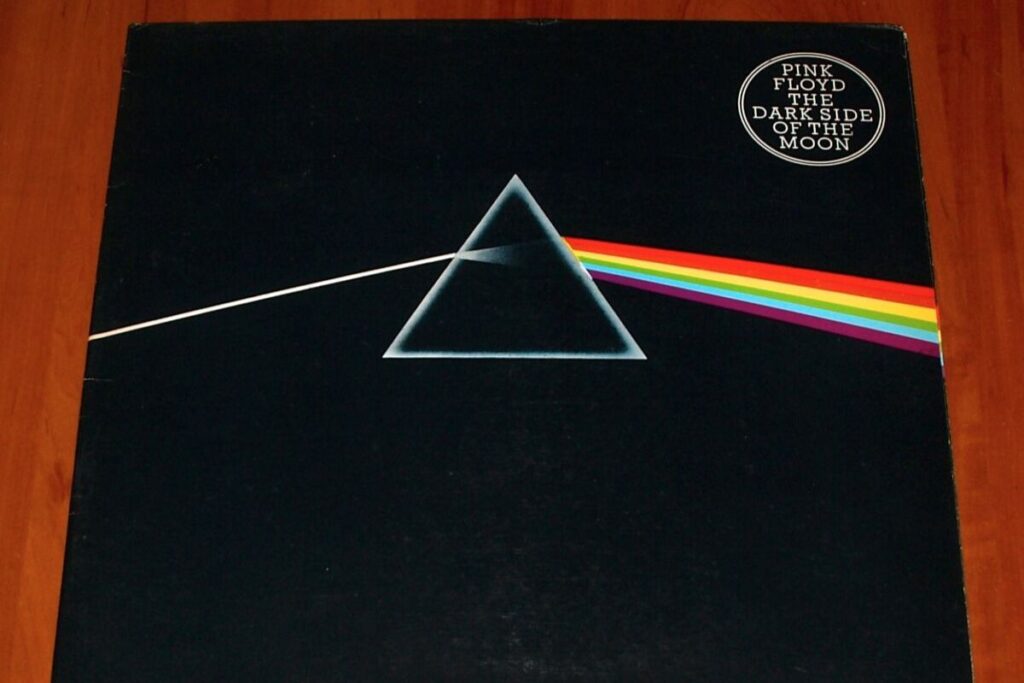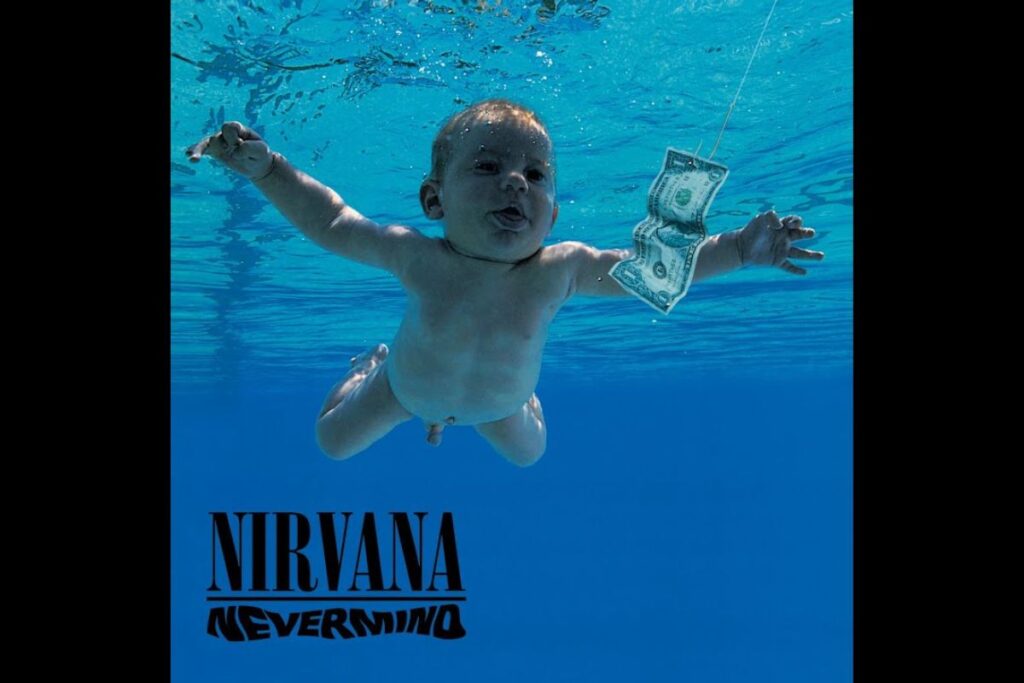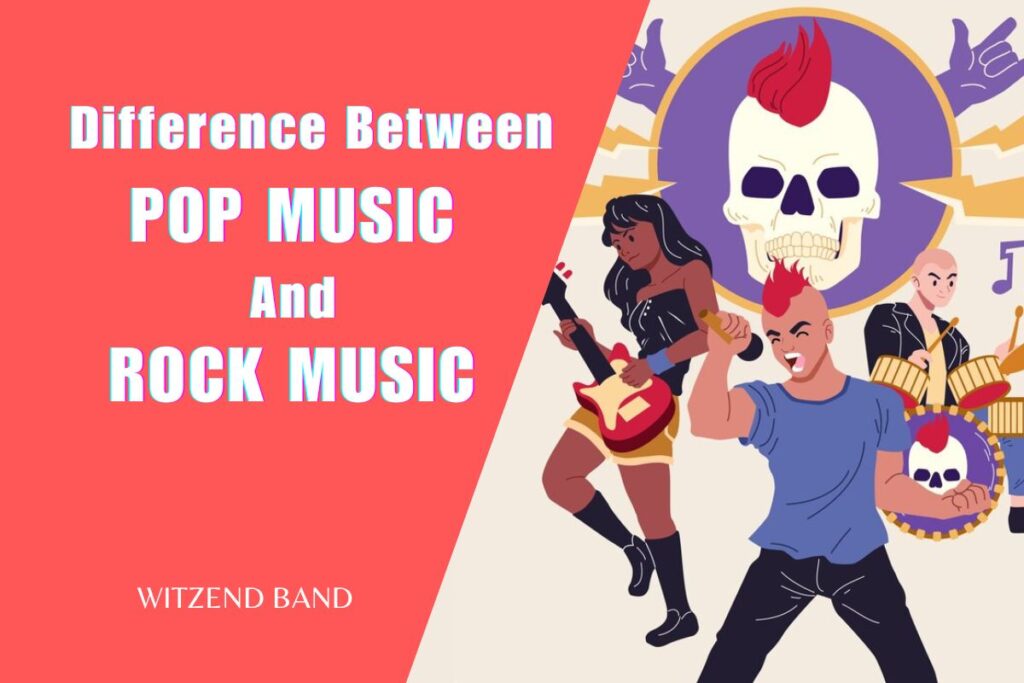Music isn’t just about the sounds; album art plays an important role in making classics. Since the start of full-length albums, cover art has enriched the music experience, adding visual allure to the audio. Some album covers have iconic status because they feature photogenic stars such as Elvis Presley, and David Bowie.
Others owe their fame to creative geniuses like the design company Hipgnosis or artist Peter Saville, who prepared amazing pictures. Andy Warhol’s plan for The Rolling Stones’ Sticky Fingers is a prime example. While artistic taste differs, the lasting influence of these iconic album covers is definite.
Our list highlights 10 iconic album covers and the stories behind them that stand as timeless artworks, highlighting the importance of album art in music history.
1. The Beatles – Sgt. Pepper’s Lonely Hearts Club Band (1967)
Undoubtedly, The Beatles had a lot of iconic album covers during their career, such as Abbey Road and The White Album. The Sgt. Pepper album cover, however, continues to be seen as a pop art masterwork that has influenced everyone from Frank Zappa (We’re Only In It For The Money) to The Simpsons (The Yellow Album).
It was also the most important and expensive album cover produced by an artist at the time. The Sgt Pepper album cover included 58 different people, selected by John Lennon, Paul McCartney, George Harrison, Peter Blake, Jann Haworth, and London art dealer Robert Fraser.
The subjects referred to a fascinating cross-section of cultures, importance, and each Beatle’s interests, such as Marilyn Monroe, Karl Marx, and Marlon Brando. The photoshoot was planned by British artist Peter Blake and his then-wife, Jann Haworth.
2. The Velvet Underground & Nico – The Velvet Underground & Nico (1967)
The Velvet Underground’s debut album cover made by Andy Warhol, which came out in the same year as Peter Blake’s Sgt Pepper album cover, is probably the most popular work of British pop art. Warhol’s usually sardonic maneuver, the “Peel Slowly And See” banana peel was a sticker that revealed the phallic fruit beneath; nevertheless, the joke was on anyone who cut it off. Fully intact copies of the VU’s first album are now highly valuable collectibles.

3. Pink Floyd – The Dark Side of the Moon (1973)
One of the most iconic albums covers ever, made by one of the most famous design teams. Storm Thorgerson and Aubrey Powell, the principal characters of Hipgnosis, created the idea for The Dark Side of the Moon, while George Hardie, a collaborator, carried it out: a prism that divides light into six of the seven colors of the spectrum (indigo is absent).
The combination of light beam, prism, and spectrum seemed to represent all aspects of the group and their music: the lyrics of Dark Side, the band’s grandiose stage lighting, and keyboardist Richard Wright’s request that Hipgnosis make something bold yet straightforward.
4. Led Zeppelin – Houses of the Holy (1973)
The artwork for Houses Of The Holy, another stunning album cover by Hipgnosis, was inspired by the ending of Childhood’s End, an Arthur C. Clarke science fiction book from the 1930s. Including multiple images recorded over ten days of two kids growing Giant’s Causeway in Northern Ireland, the artwork’s disturbing coloring was an unintended outcome that added to the image’s perfectly creepy atmosphere.
Another unintentional impact was that some retailers refused to carry the record because they considered the nude kids too controversial.
5. Grace Jones: Island Life (1985)
Grace Jones’ career as a model, actress, and musician is filled with memorable picture shoots, including uptown magazine spreads, downtown disco shots, and, of obviously, a few excellent album covers. Although nearly all of her album designs can be considered “iconic,” the 1985 collection Island Life continues to be likely her most popular.
The shot, which was first published in a 1978 issue of New York Magazine, was captured by photographer, designer, and boyfriend of Jones at the time, Jean-Paul Goode. Goode combined multiple photos to make up Jones’ unrealistic posture.
6. The Smiths: Meat Is Murder (1985)
The Smiths were rarely limited to a striking visual element; when taken together, their album designs look like a collection of monochromatic pictures with backstories just as interesting as Morrissey’s lyrics. To make the connection between eating meat and fighting, the fervent vegan Morrissey selected an unpopular photo of a soldier from the Vietnam War, whose helmet carried the album’s title.
Not that the phrase “meat is murder” appears in the original image. The album cover has 20-year-old Marine Corporal Michael Wynn, who was captured on September 21, 1967, in Da Nang, South Vietnam, during Operation Ballistic Charge. The hippie-baiting phrase “make war, not love” he wrote on his helmet turned a countercultural catchphrase on its head.
7. NWA: Straight Outta Compton (1988)
Straight Outta Compton influenced the developing gangsta rap subgenre with its sound, lyrics, and visualizations, and its iconic artwork remains popular for generations. Years later, photographer Eric Poppleton, who had only recently graduated from college, described the image’s effect to CNN by saying, “You’re taking the viewpoint of someone about to be killed.” Newspapers don’t even publish that kind of content.
Poppleton still has no idea if Eazy-E’s gun had been loaded, but he does understand that it was real (“There wasn’t anything fake back then,” he told NME). Eazy brandished the gun as Poppleton and the group—which also included producer Arabian Prince, who was once the sixth member—ducked down an alleyway to take their initial shot.

8. Nirvana – Nevermind (1991)
Kurt Cobain’s desire for a documentary on water births came to the contentious Nevermind cover, which many viewed as an innocent band looking to make an easy cash grab. However, Kurt Cobain, according to art director Robert Fisher of Geffen Records, was the inspiration behind the cover.
His fascination with motherly themes would come back for the group’s In Stereo follow-up album. Cobain proposed a compromise, a sticker covering that would say, “If you’re offended by this, you must be a closet pedophile,” as a response to the label’s demand for a cover devoid of infant anatomy. Many satires have been inspired by the cover design.
9. David Bowie – Hunky Dory (1971)
The portrait of Brian Duffy that people most often recognize with David Bowie is still his image; the bolt of lightning represents the “cracked actor” that Bowie thought he had become during his unexpected ascent to popularity, and his Aladdin Sane persona is an extension of Ziggy Stardust.
While Bowie looked to have magical abilities during this period of his career, the cover image was taken in the realistic surroundings of Brian Duffy’s Primrose Hill, London studio. Duffy added the teardrop on Bowie’s clavicle during the photo shoot, which is the perfect final touch to give him a mysterious yet vulnerable look.
10. The Smashing Pumpkins: Mellon Collie And The Infinite Sadness (1995)
The iconic 1995 album cover for The Smashing Pumpkins is immediately recognizable. It represents a woman with a permanent eye-roll or a look of ecstasy that she has kept for more than 20 years. The design is dreamy and Victorian-esque. It perfectly conveys the aimlessness of youth that Corgan preached about, and the expansive, 28-track album’s ambitious targets are perfectly balanced by the fantastical visuals. Illustrator John Craig, the man behind some of Rod Stewart’s most famous record sleeves and former Mercury Records designer, began with a series of rough, faxed sketches and worked his way up to a composite image that included the woman’s face from Jean-Baptiste Greuze’s 18th-century painting The Souvenir (Fidelity), the body from a Raphael painting of Saint Catherine of Alexandria, and a heavenly background from an old children’s encyclopedia. But you do not need to be an expert in art history to enjoy this enduring picture.
Final Words
Album covers are more than just protective sleeves for records because they’re visual representations of the music within, performing as timeless artworks that catch the spirit of an album. From The Beatles’ Sgt. Pepper to The Smashing Pumpkins’ Mellon Collie And The Infinite Sadness, these covers have shaped music culture.
Each cover exposes a story, reflecting the artist’s eyesight and adding deeply to the musical experience, underscoring the continuing importance of album art in music history.
Read More:
How Does Music Have Positive or Negative Effects On Our Health?
Can Music Help Improve Mental Health? Insights from Band Members
How To Transfer Music From Computer To iPhone [9 Easy Ways]
What Does it Take to Make a Living as a Full-Time Musician in a Band?


